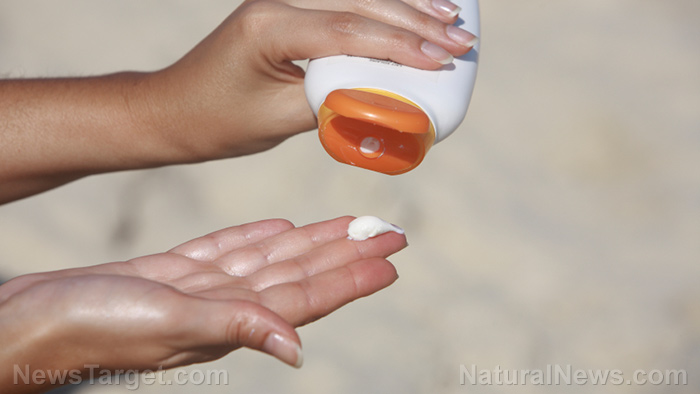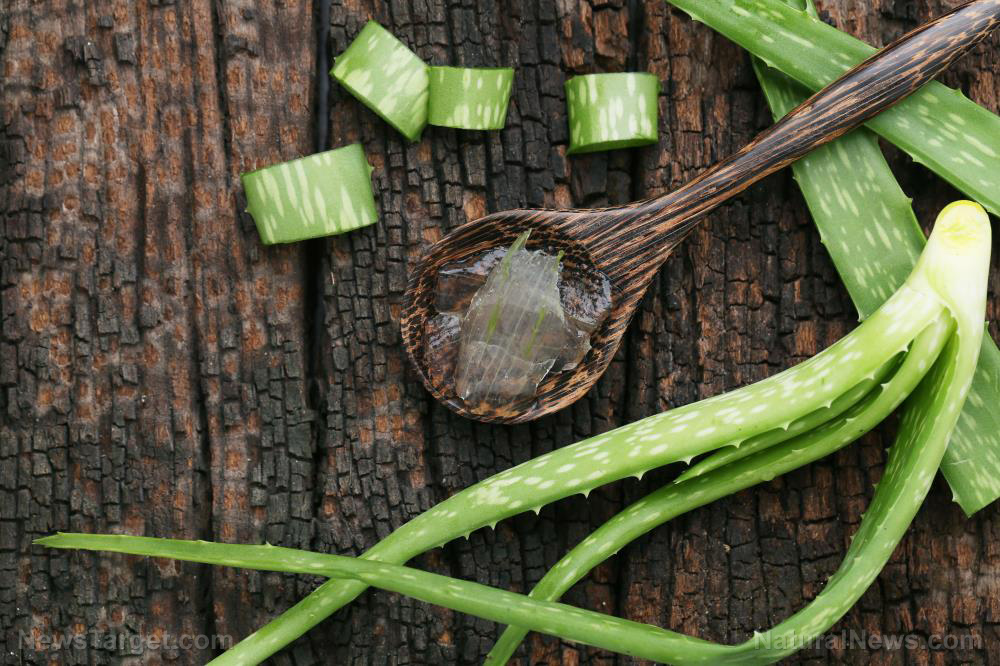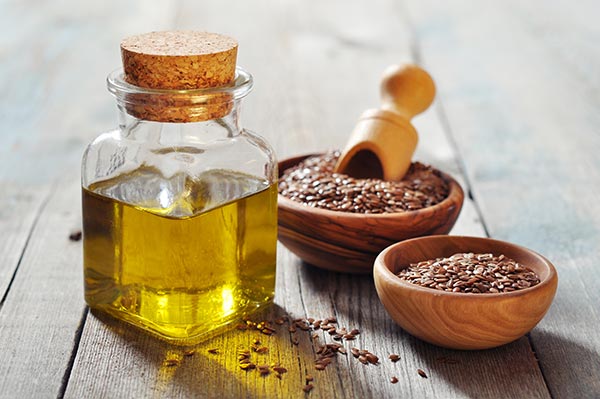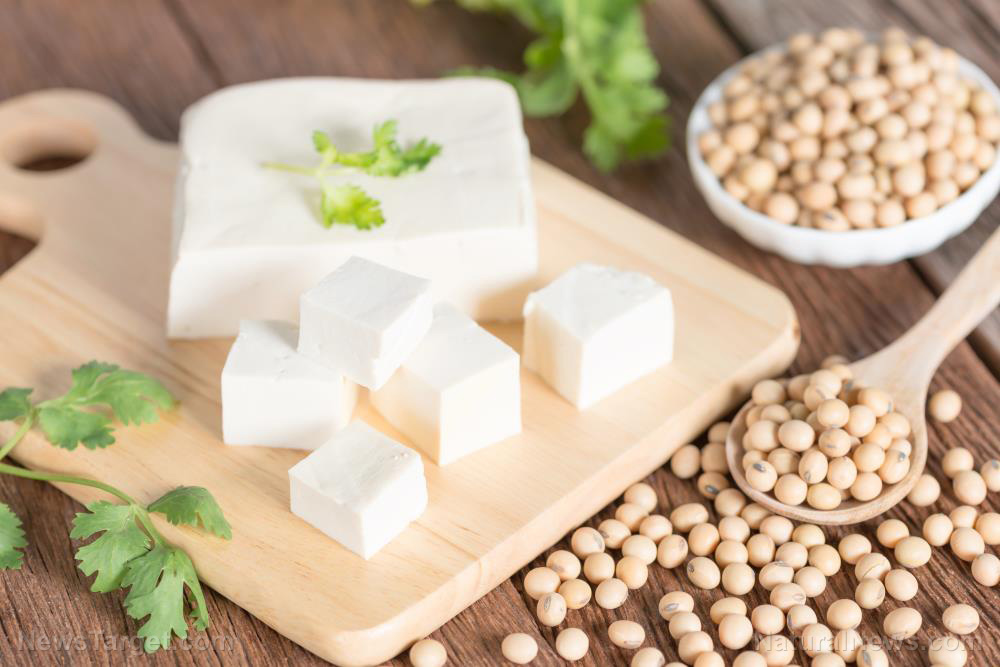The unwanted side effects of sunscreen, and some natural alternatives
03/13/2020 / By Darnel Fernandez

Applying sunscreen is an important part of any skin care routine, especially if you’re out and about on a sunny day. Sunscreen helps protect the skin from damage from ultraviolet rays, sunburns and even reduces the risk of skin cancer. However, what people don’t realize is that most sunscreen products contain toxic ingredients that can do more harm than good.
“Safe” protection against the sun?
To make sure it works as effectively as possible, most store-bought sunscreens contain questionable ingredients that can bring negative effects to your overall health. One of these ingredients is oxybenzone, which has been linked to allergic reactions, cell damage and even hormone disruption. According to a study conducted by the Centers for Disease Control and Prevention (CDC), about 97 percent of Americans are actually contaminated with this ingredient.
One of the primary dangers of oxybenzone is its ability to act as a “penetration enhancer.” In normal circumstances, oxybenzone allows the sunscreen to adhere to the skin. However, because of this penetrative effect, large amounts of oxybenzone seep into the body and spread out through the systems, with experts finding traces of oxybenzone in people’s urine and blood.
Some studies also indicate that oxybenzone can even disrupt the endocrine system, significantly affecting hormone production in the body. One particular study, analyzed by the Environmental Working Group (EWG), found a significant drop in testosterone levels in men during a one-week period of applying three different active sunscreen ingredients – namely 4-MBC, octinoxate and oxybenzone.
In addition to this, using sunscreen can also lead to vitamin D deficiency. While you can get vitamin D from your diet, the body still needs an ample amount of sunlight to get adequate amounts of this essential vitamin. However, as more people prefer to stay indoors, along with slathering sunscreen all over whenever they do step outside, there is a significantly higher percentage of people suffering from vitamin D deficiency than in the past. Not getting enough vitamin D can lead to chronic fatigue and tiredness, impaired wound healing and even muscle pain.
Natural alternatives to toxic sunscreens
While it is important to understand the dangers of using sunscreen made with oxybenzone and other toxic chemicals, it is still sometimes vital to protect yourself from the harmful UV rays emitted by the sun. The American Cancer Society reports that skin cancer is by far the most common type of cancer diagnosed in the US. By reducing your exposure to these harmful rays, you can also reduce your risk of developing this deadly disease. Below is a list of natural sunscreen alternatives you can try to keep your skin safe without the harmful ingredients. (Related: Chemical-free sunscreens and sunburn treatments.)
- Stay in the shade. After getting a day’s worth of vitamin D, one of the simplest ways you can keep your skin safe is by staying in the shade. Walk under the shade of trees and tall buildings, or consider bringing an umbrella with you if you’re expecting sunny weather.
- Cover up. Another way to avoid the dangers of excessive sun exposure is by covering up with clothing and accessories made for sun protection. Hats and long sleeves can work wonders in protecting your skin from potential damage.
- Eat a healthy diet. You can boost your skin’s resistance to the harmful effects of too much sun exposure by eating certain foods rich in healthy fats, antioxidants, and of course, vitamin D. Eating a healthy diet can not only improve your skin’s health, but also your overall health.
Cosmetics.news has more stories about the potentially harmful health effects of commercial sunscreens.
Sources include:
Tagged Under: Cosmetics, Endocrine disruptors, Natural Alternatives, octinoxate, oxybenzone, products, skin cancer, skin care, skin health, sunscreen, toxic chemicals, toxic ingredients


















